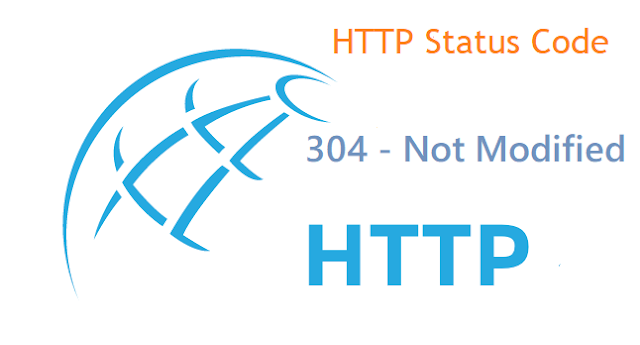This is used for caching purposes. It is telling to client that response has not been modified. So, client can continue to use same cached version of response. A conditional GET or HEAD request has been received and would have resulted in a 200 OK response if it were not for the fact that the condition evaluated to false.
If the client has performed a conditional GET request and access is allowed, but the document has not been modified, the server SHOULD respond with this status code. The 304 response MUST NOT contain a message-body, and thus is always terminated by the first empty line after the header fields.
The response MUST include the following header fields:
If a clockless origin server obeys these rules, and proxies and clients add their own Date to any response received without one, caches will operate correctly.
ETag and/or Content-Location, if the header would have been sent in a 200 response to the same request
Expires, Cache-Control, and/or Vary, if the field-value might differ from that sent in any previous response for the same variant
If the conditional GET used a strong cache validator, the response SHOULD NOT include other entity-headers. Otherwise (i.e., the conditional GET used a weak validator), the response MUST NOT include other entity-headers; this prevents inconsistencies between cached entity-bodies and updated headers.
If a 304 response indicates an entity not currently cached, then the cache MUST disregard the response and repeat the request without the conditional.
If a cache uses a received 304 response to update a cache entry, the cache MUST update the entry to reflect any new field values given in the response.
In other words, there is no need for the server to transfer a representation of the target resource because the request indicates that the client, which made the request conditional, already has a valid representation; the server is therefore redirecting the client to make use of that stored representation as if it were the payload of a 200 OK response.
The server generating a 304 response MUST generate any of the following header fields that would have been sent in a 200 OK response to the same request: Cache-Control, Content-Location, Date, ETag, Expires, and Vary.
Since the goal of a 304 response is to minimize information transfer when the recipient already has one or more cached representations, a sender SHOULD NOT generate representation metadata other than the above listed fields unless said metadata exists for the purpose of guiding cache updates (e.g., Last-Modified might be useful if the response does not have an ETag field).
If the conditional request originated with an outbound client, such as a user agent with its own cache sending a conditional GET to a shared proxy, then the proxy SHOULD forward the 304 response to that client.
A 304 response cannot contain a message-body; it is always terminated by the first empty line after the header fields.
Wikipedia
Indicates the resource has not been modified since last requested. Typically, the HTTP client provides a header like the If-Modified-Since header to provide a time against which to compare. Using this saves bandwidth and reprocessing on both the server and client, as only the header data must be sent and received in comparison to the entirety of the page being re-processed by the server, then sent again using more bandwidth of the server and client.
Used for conditional GET calls to reduce band-width usage. If used, must set the Date, Content-Location, ETag headers to what they would have been on a regular GET call. There must be no body on the response.

Comments
Post a Comment